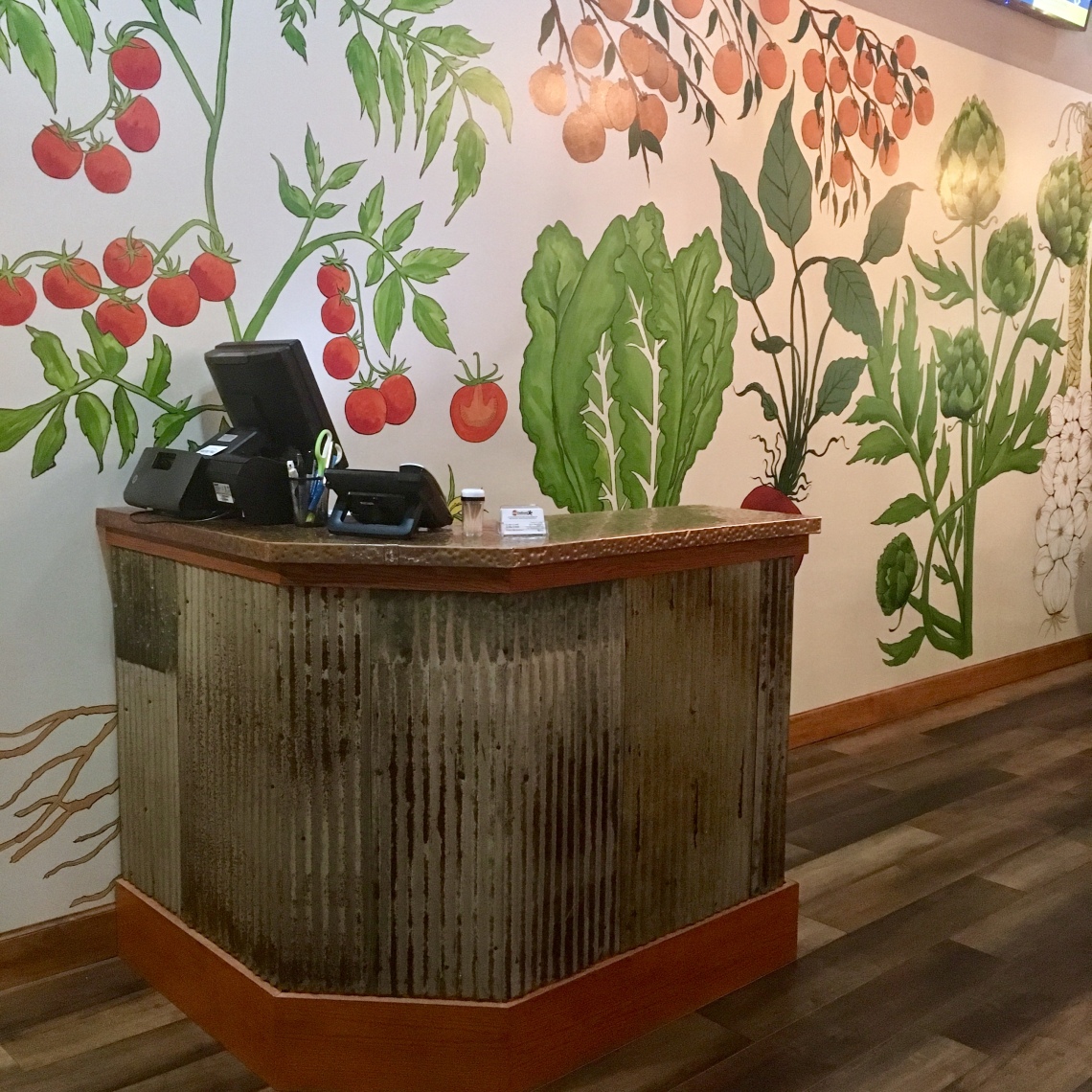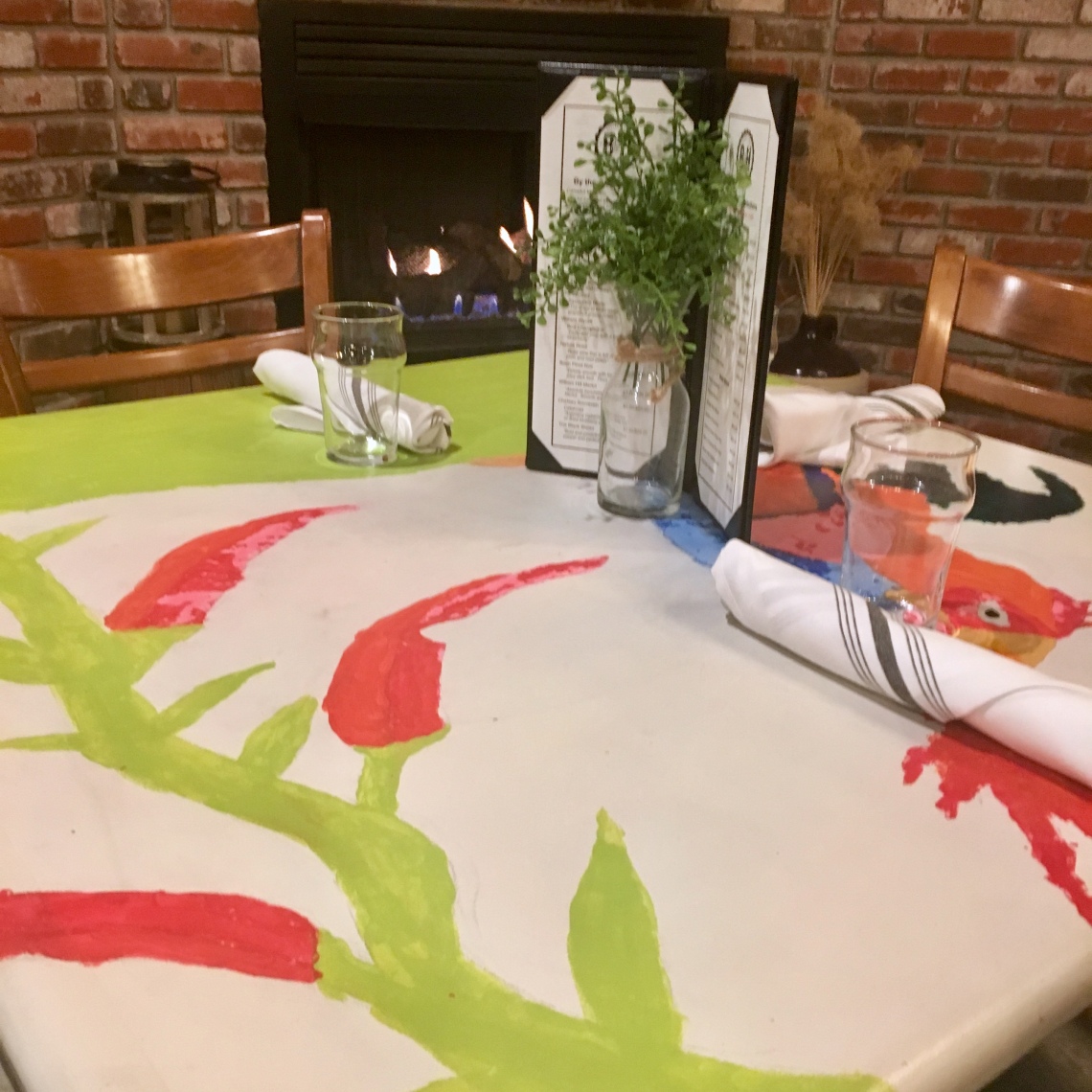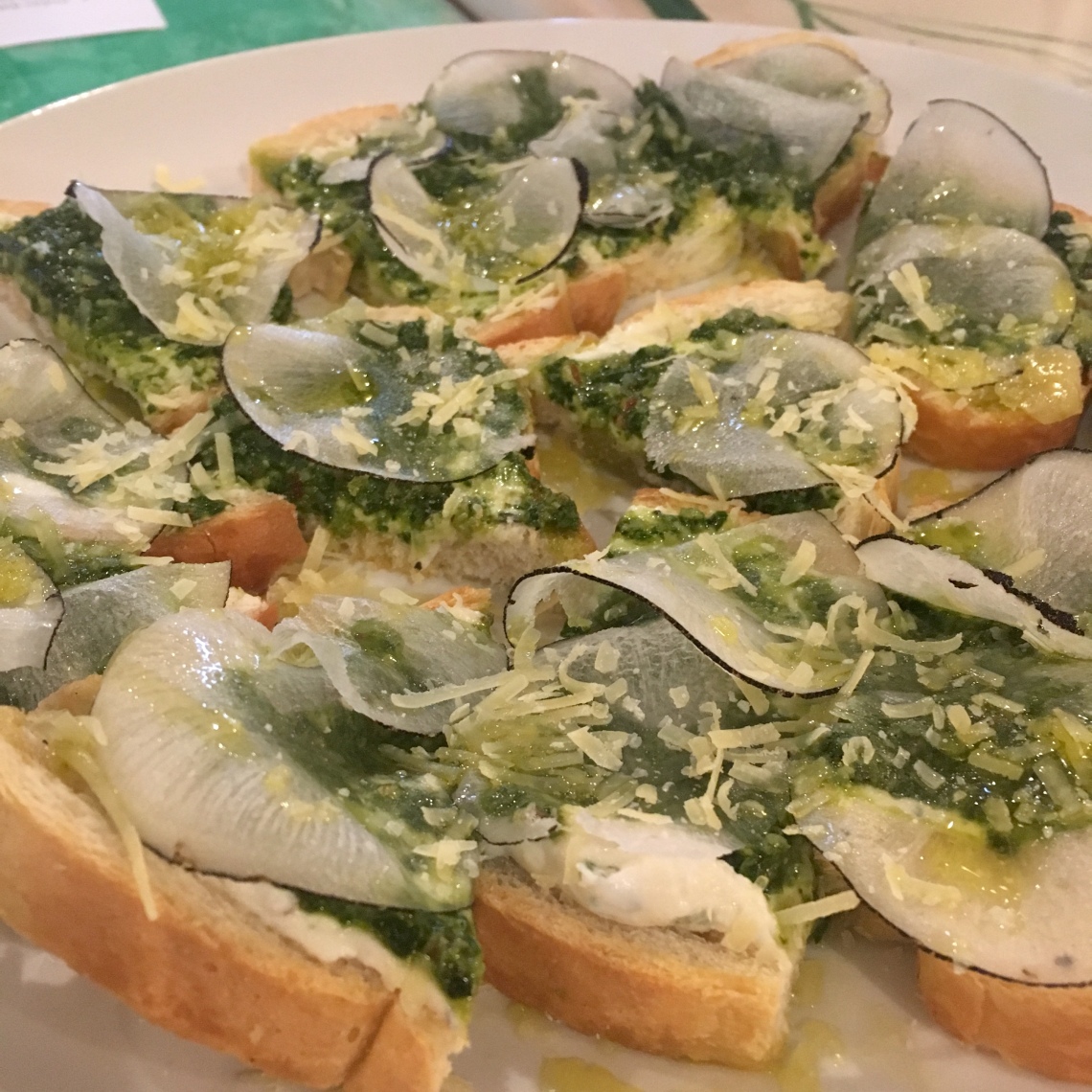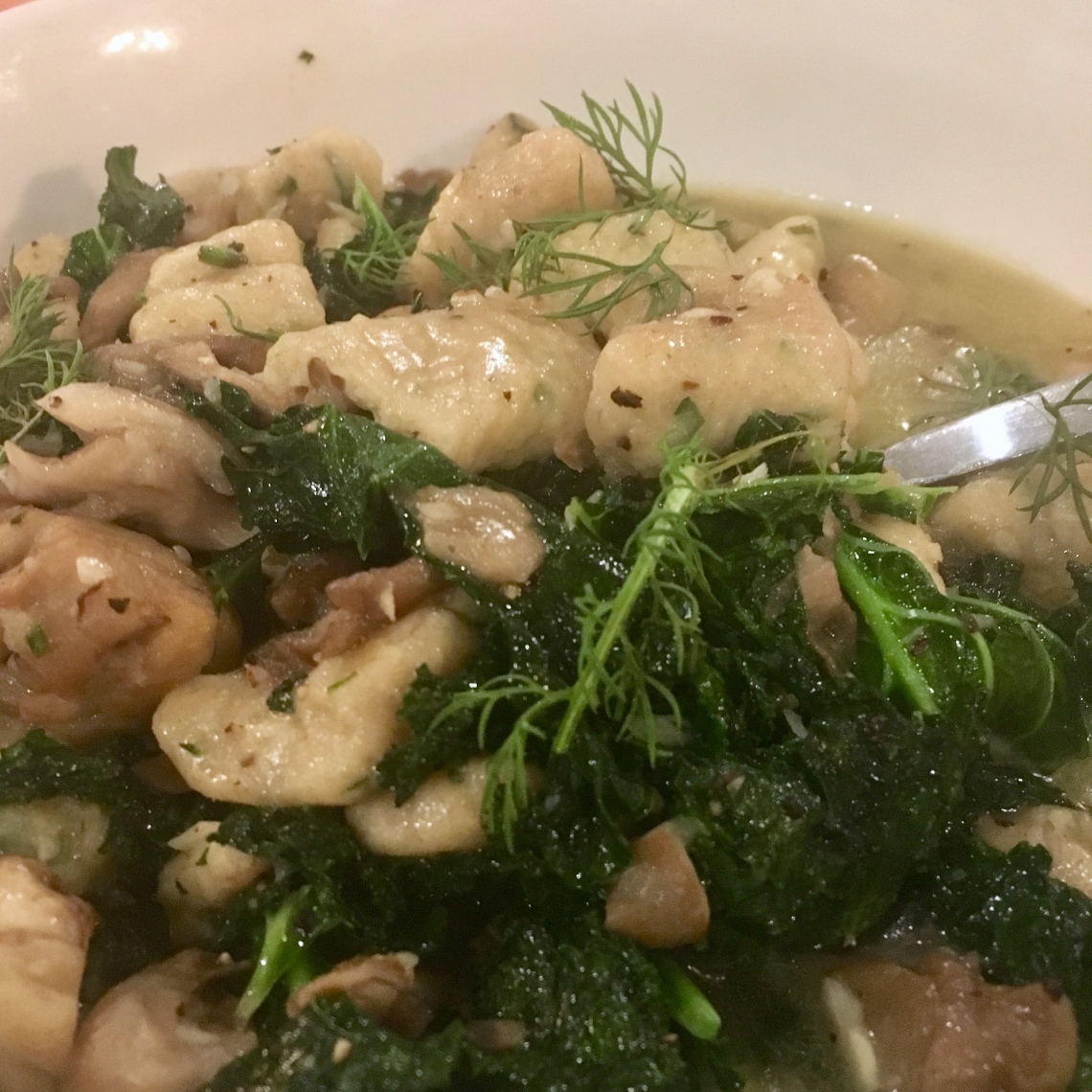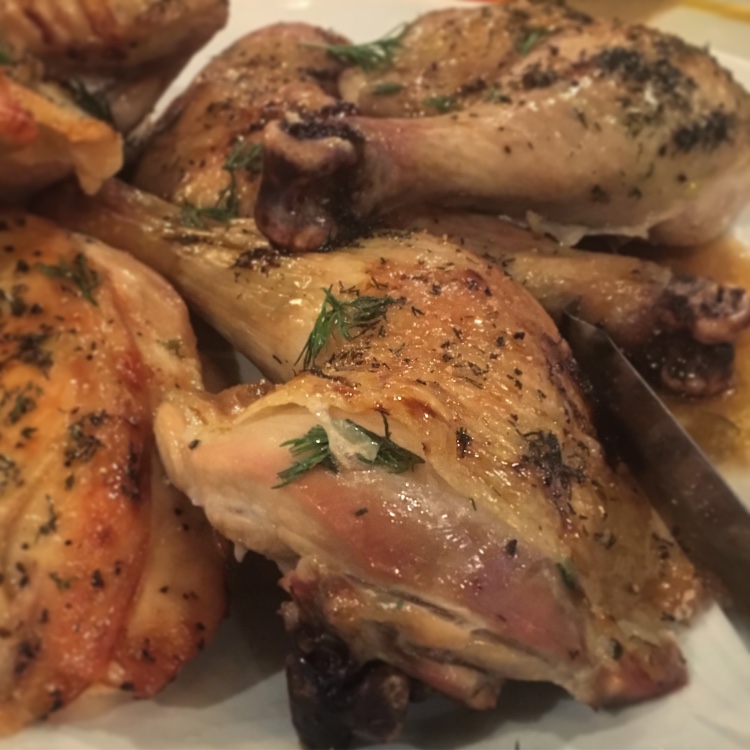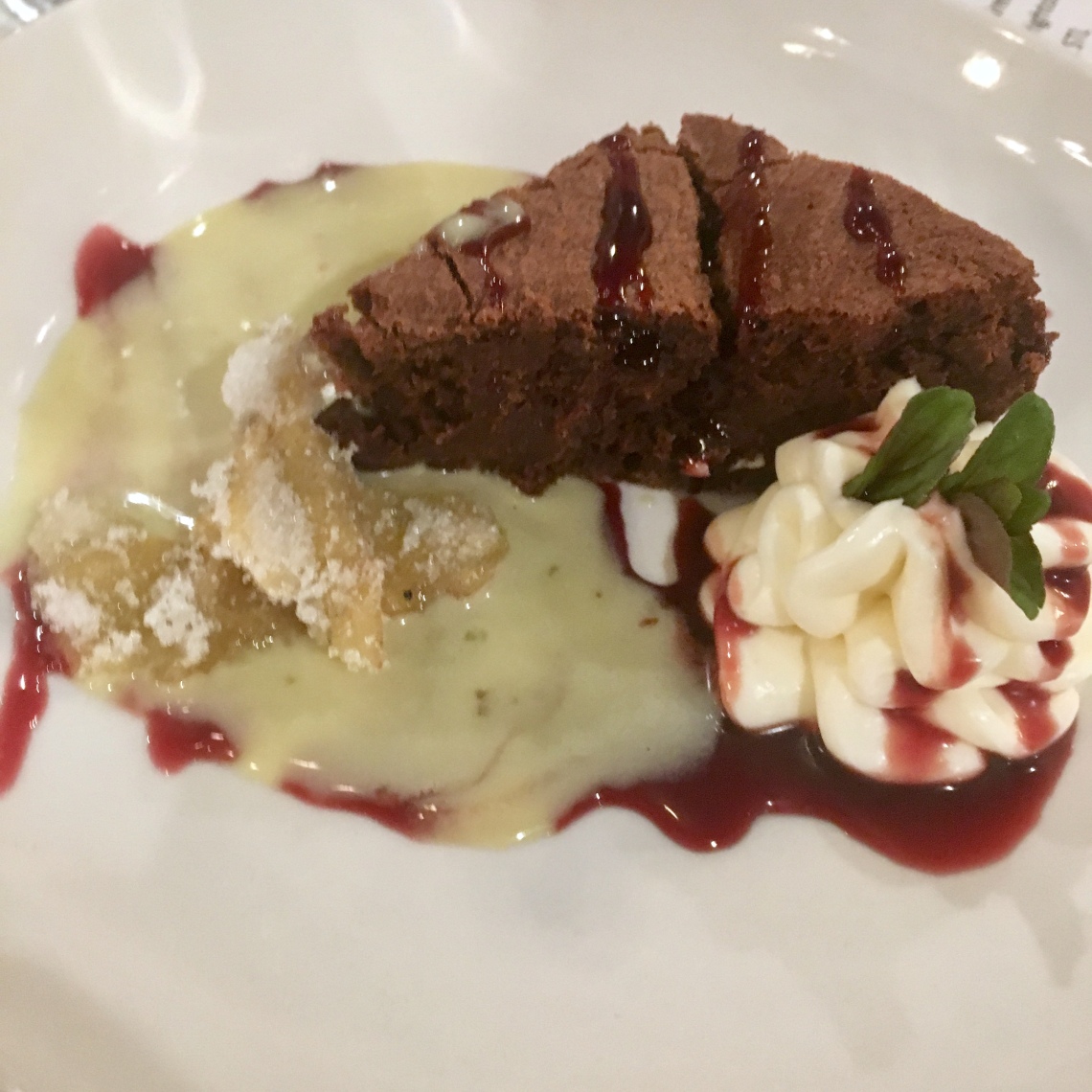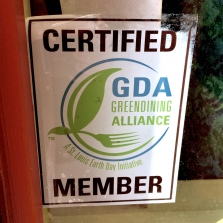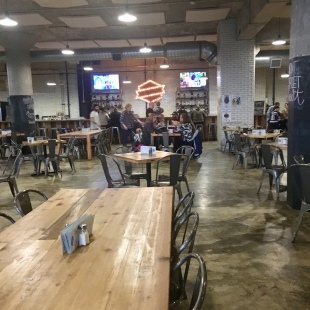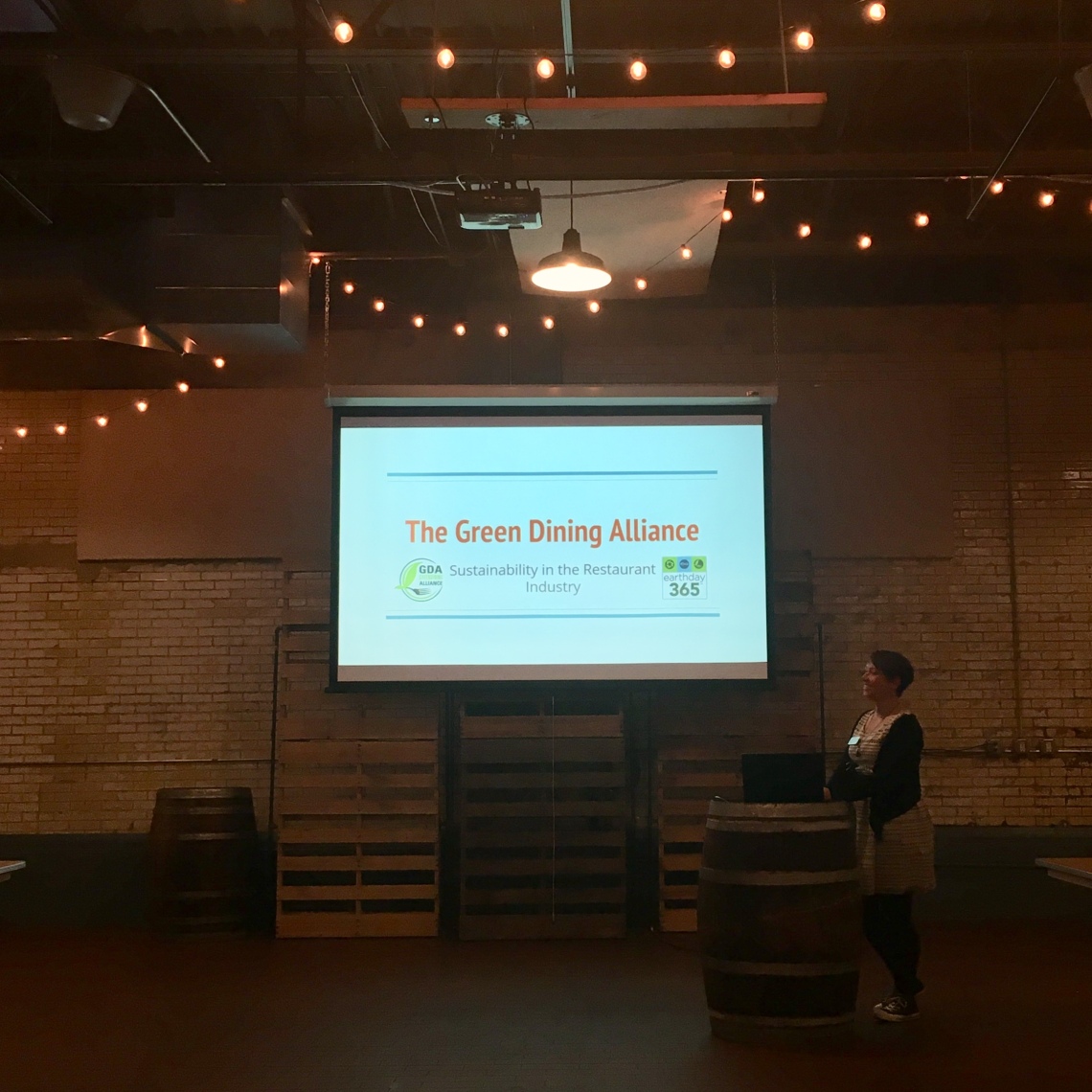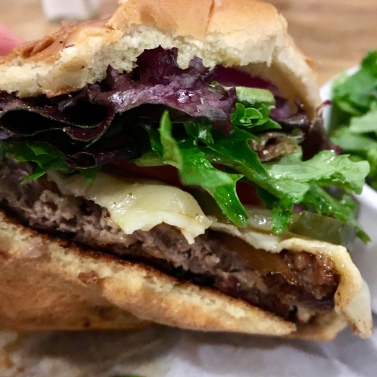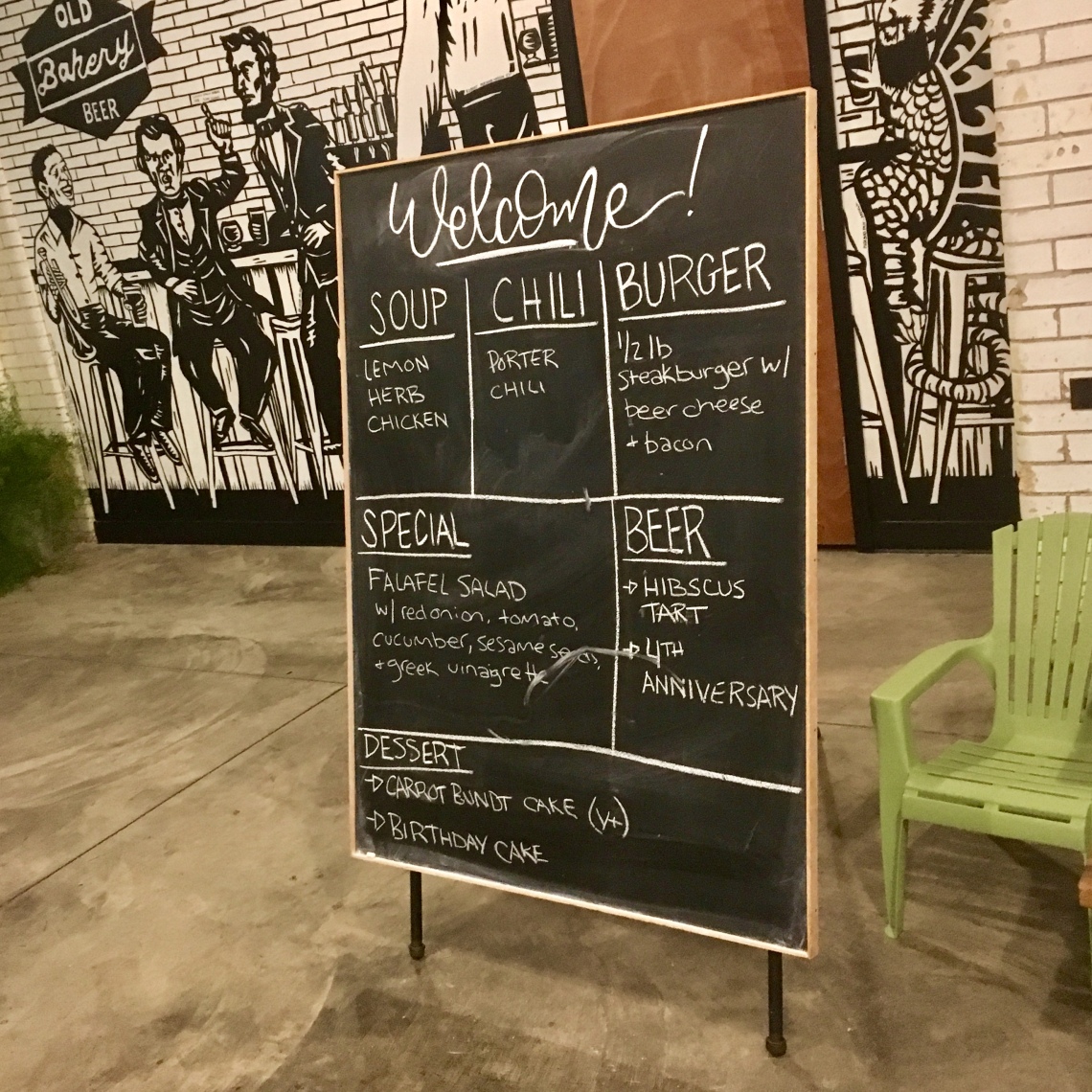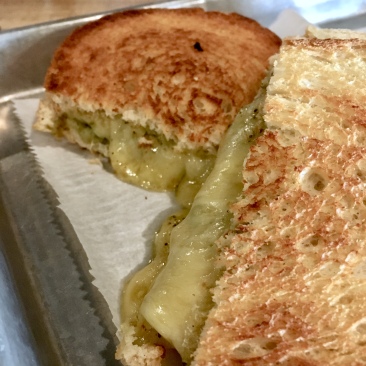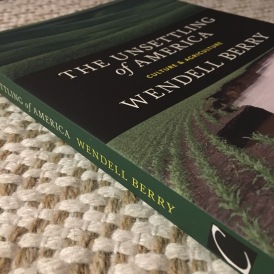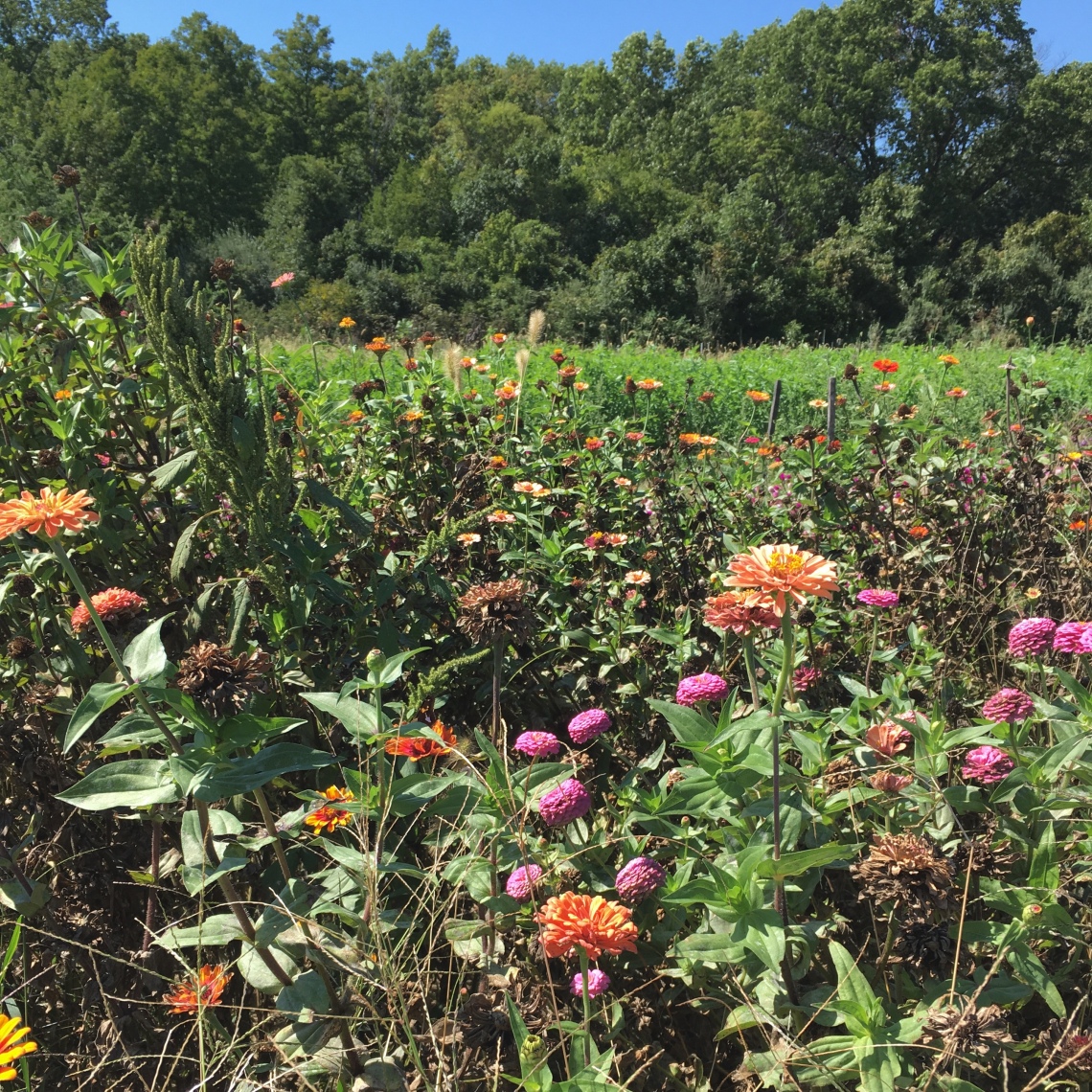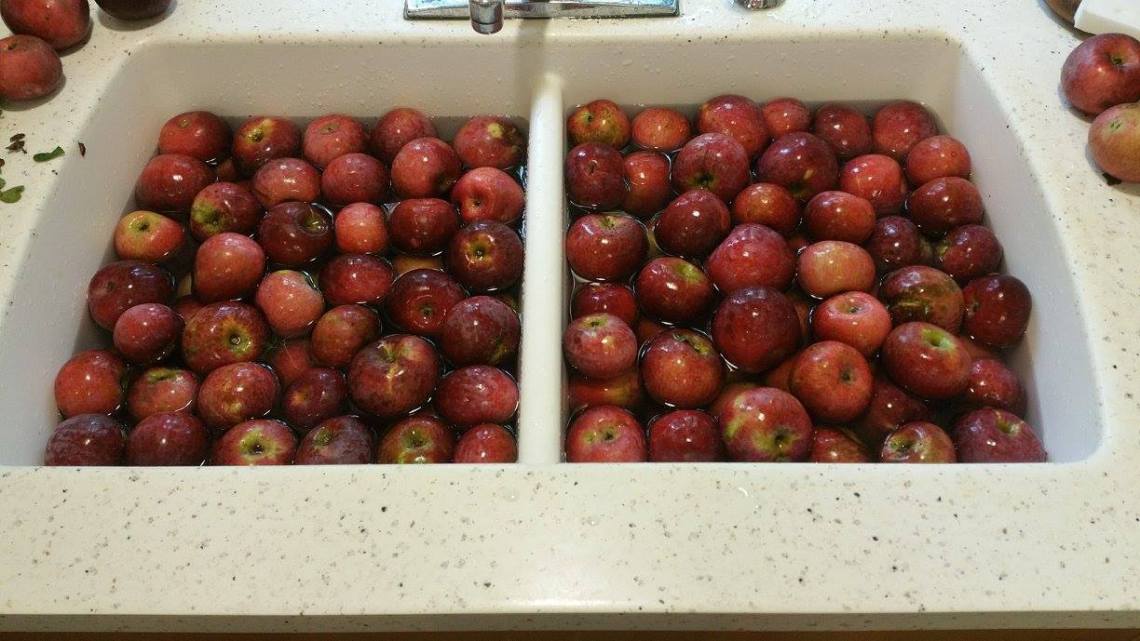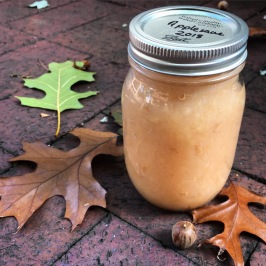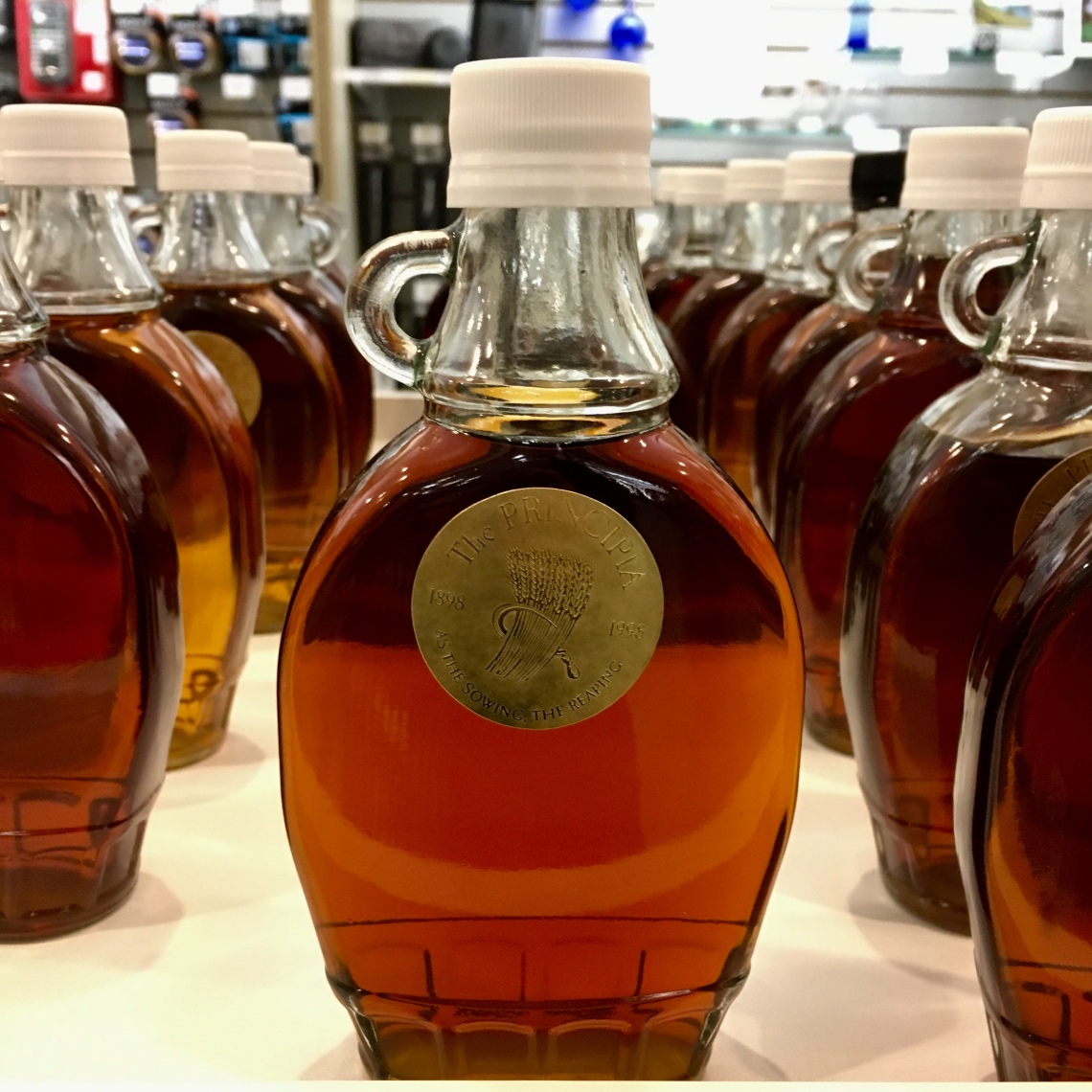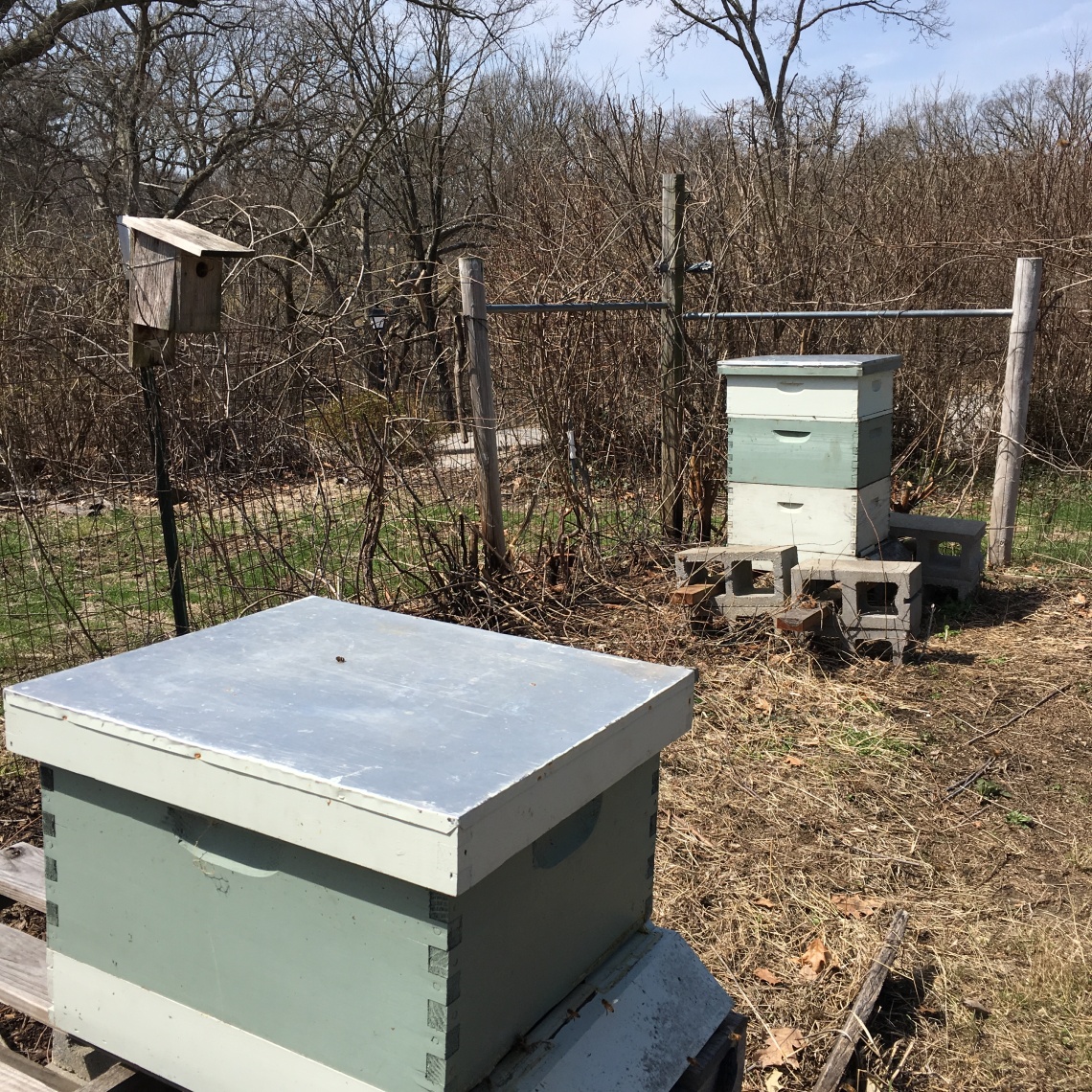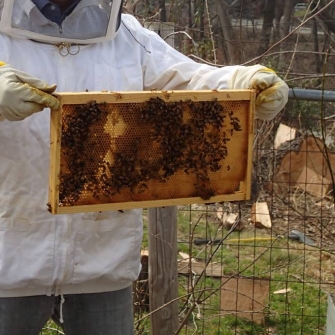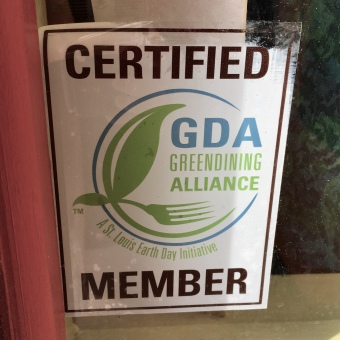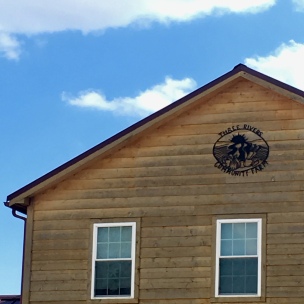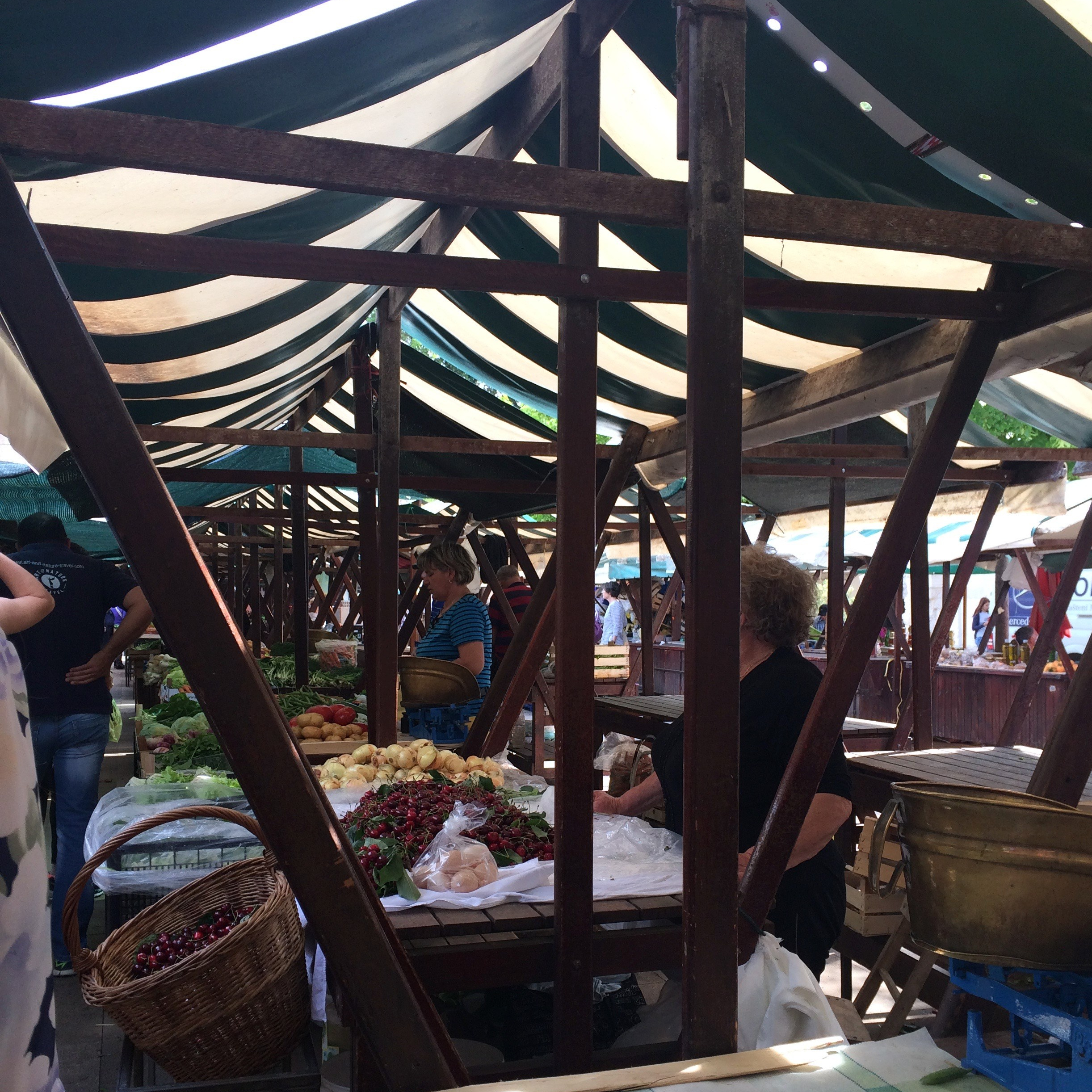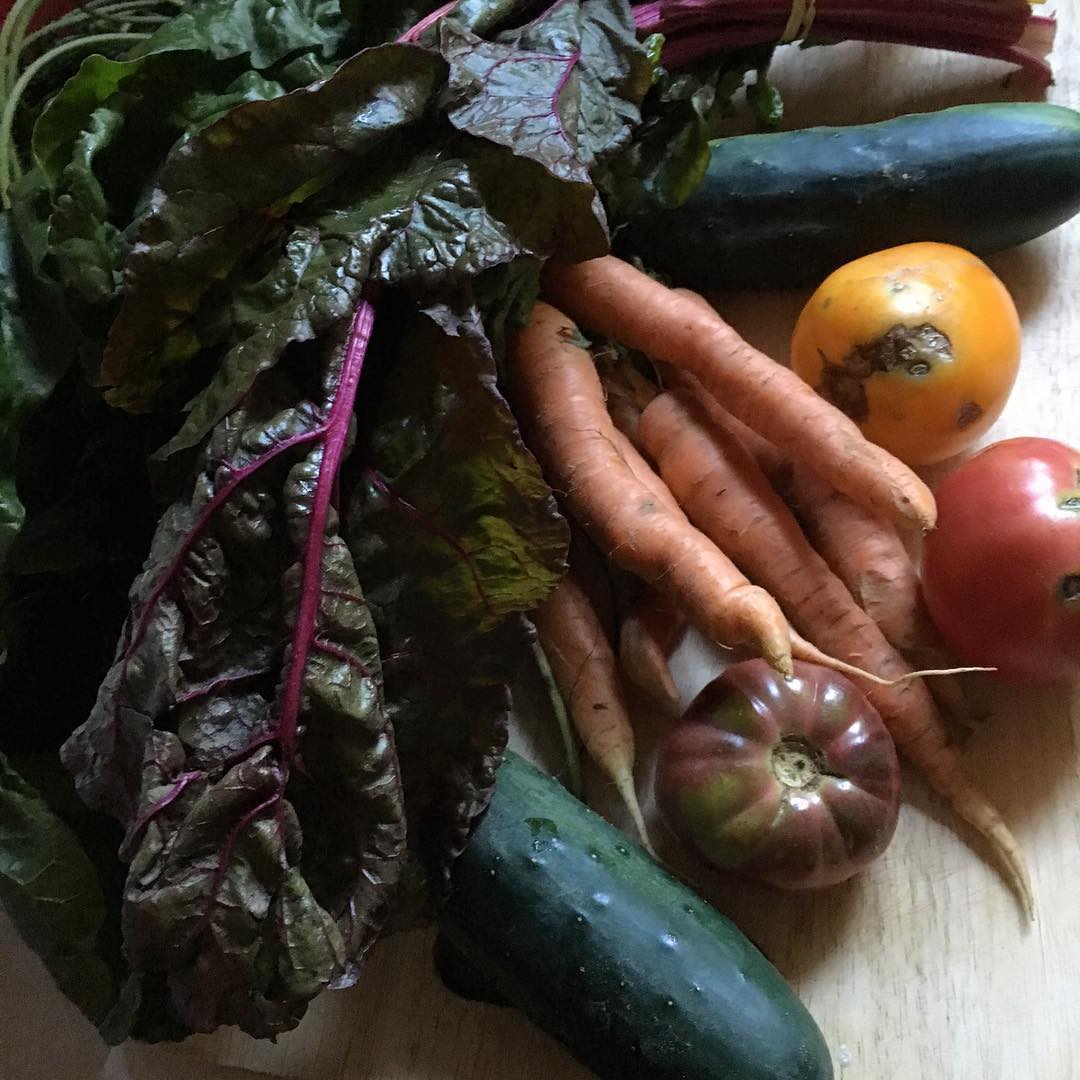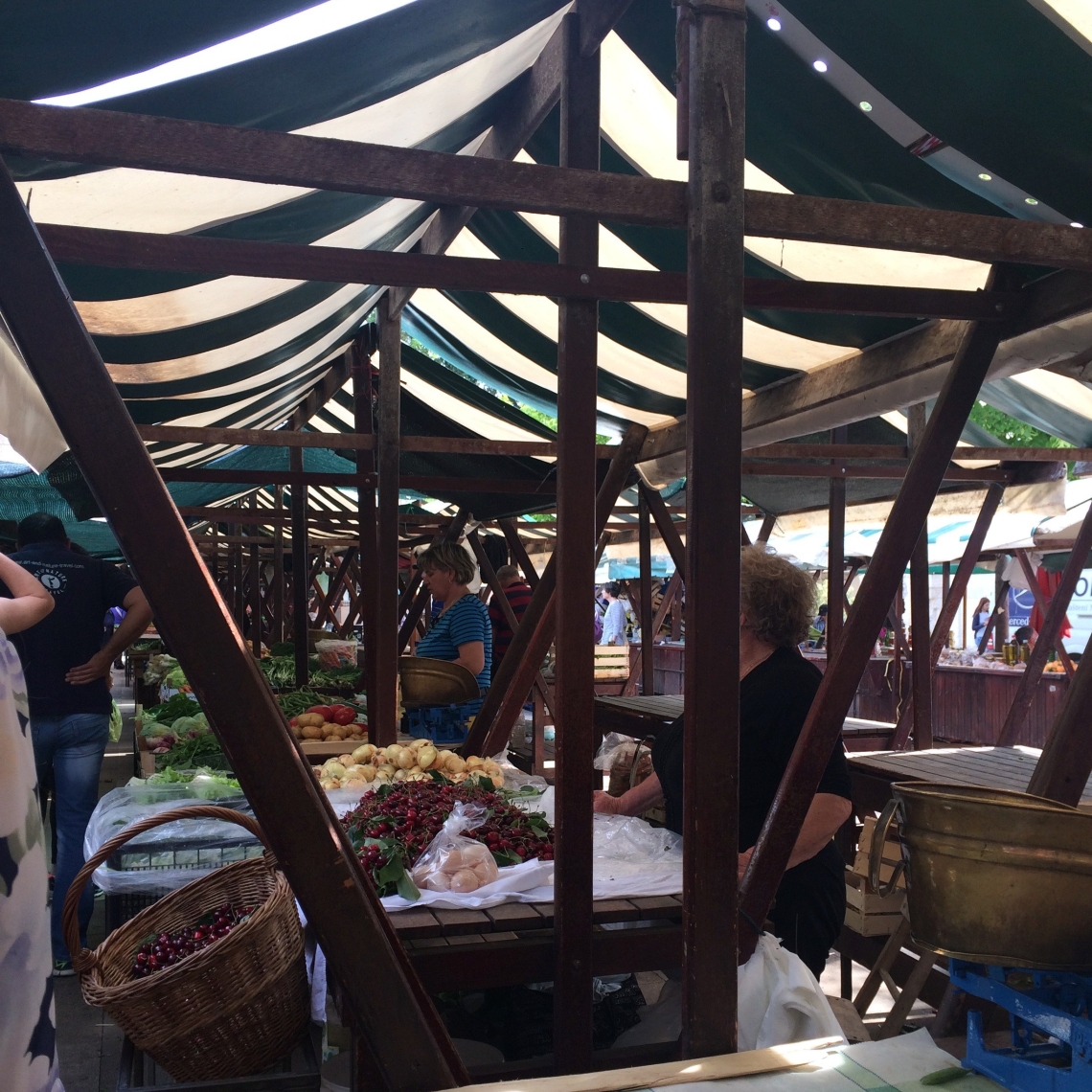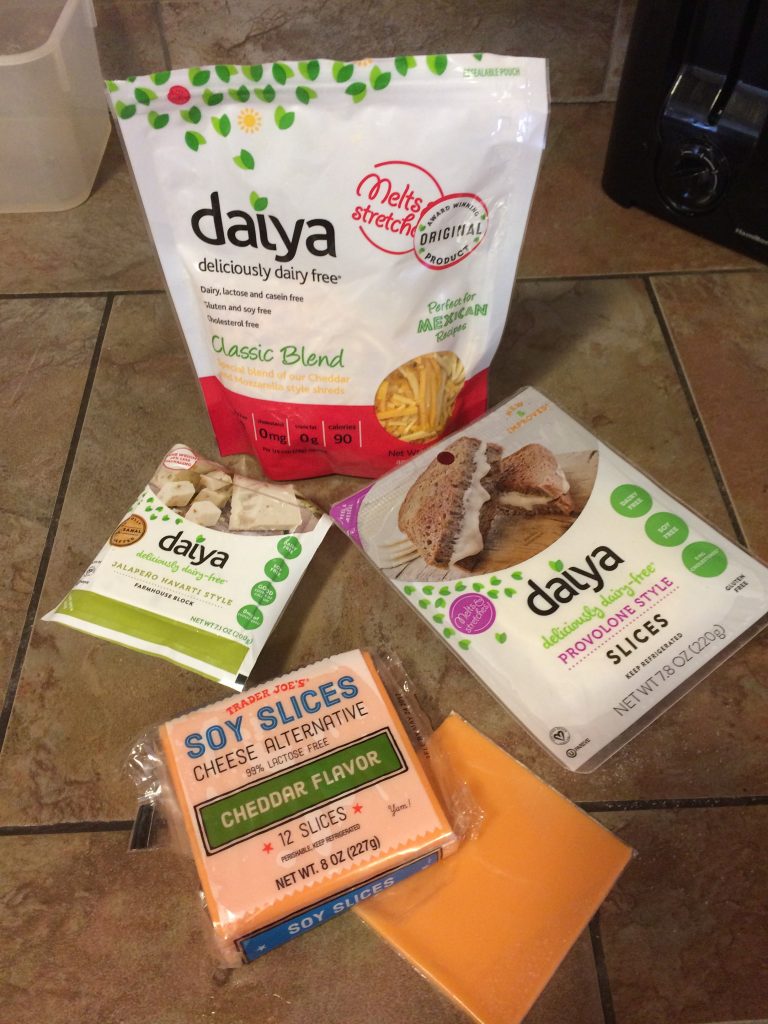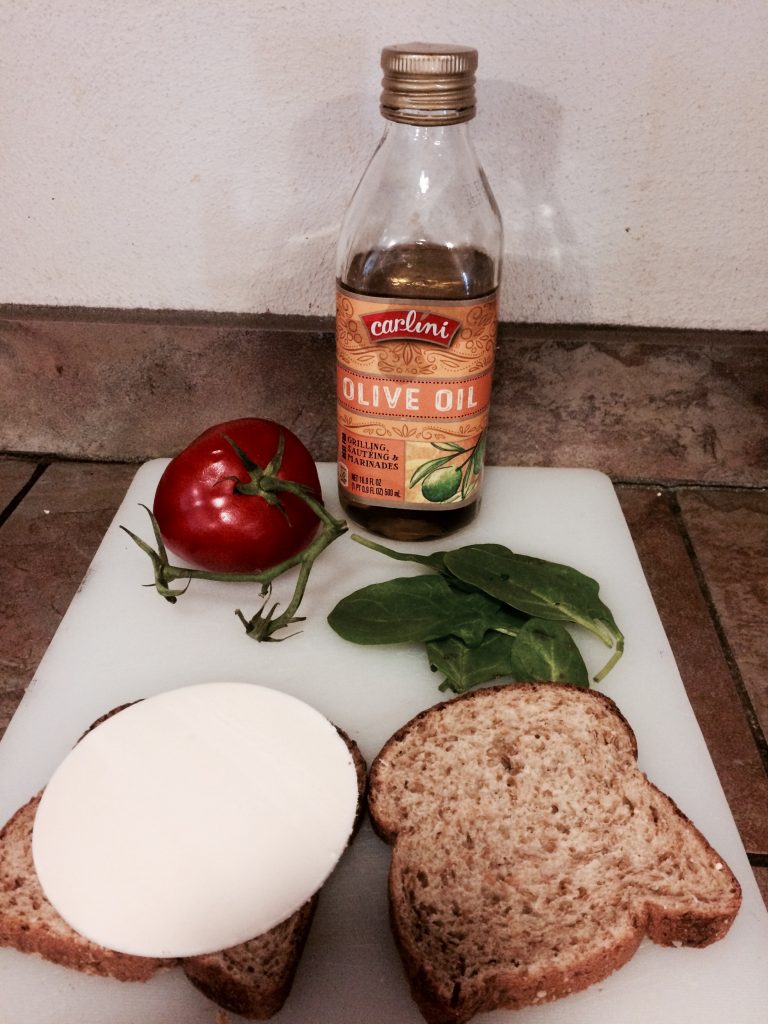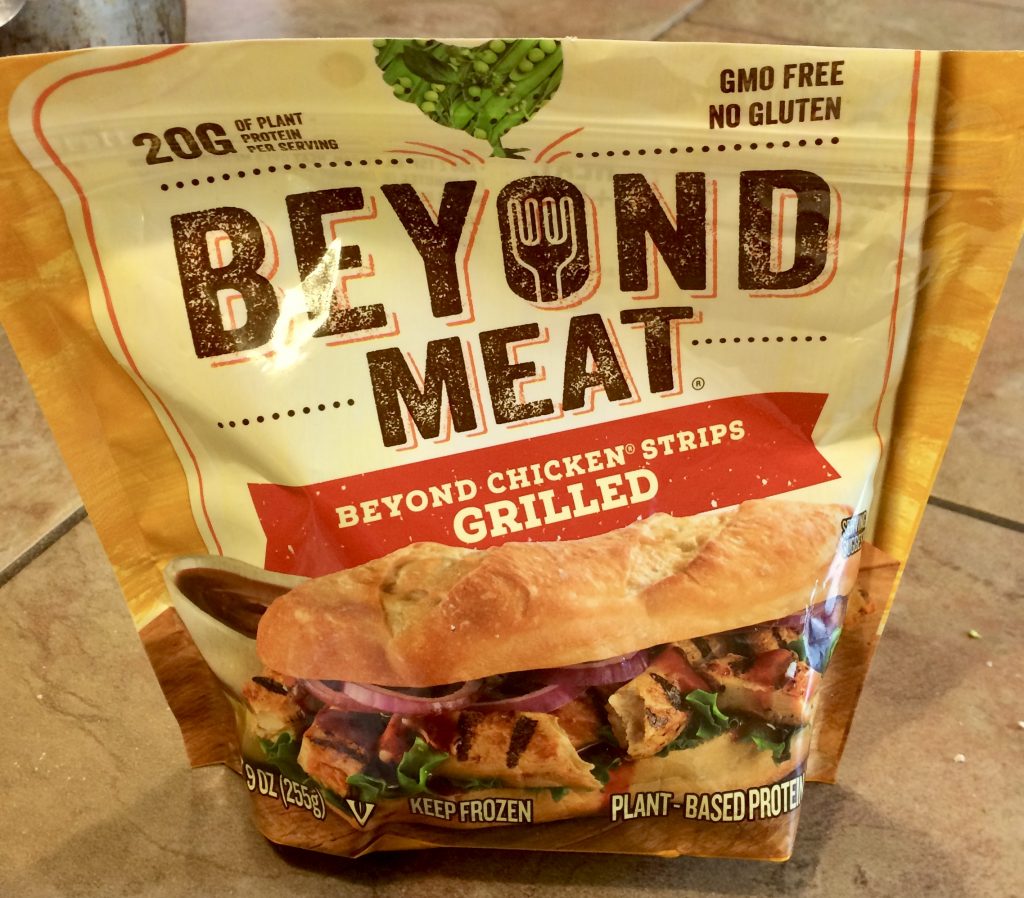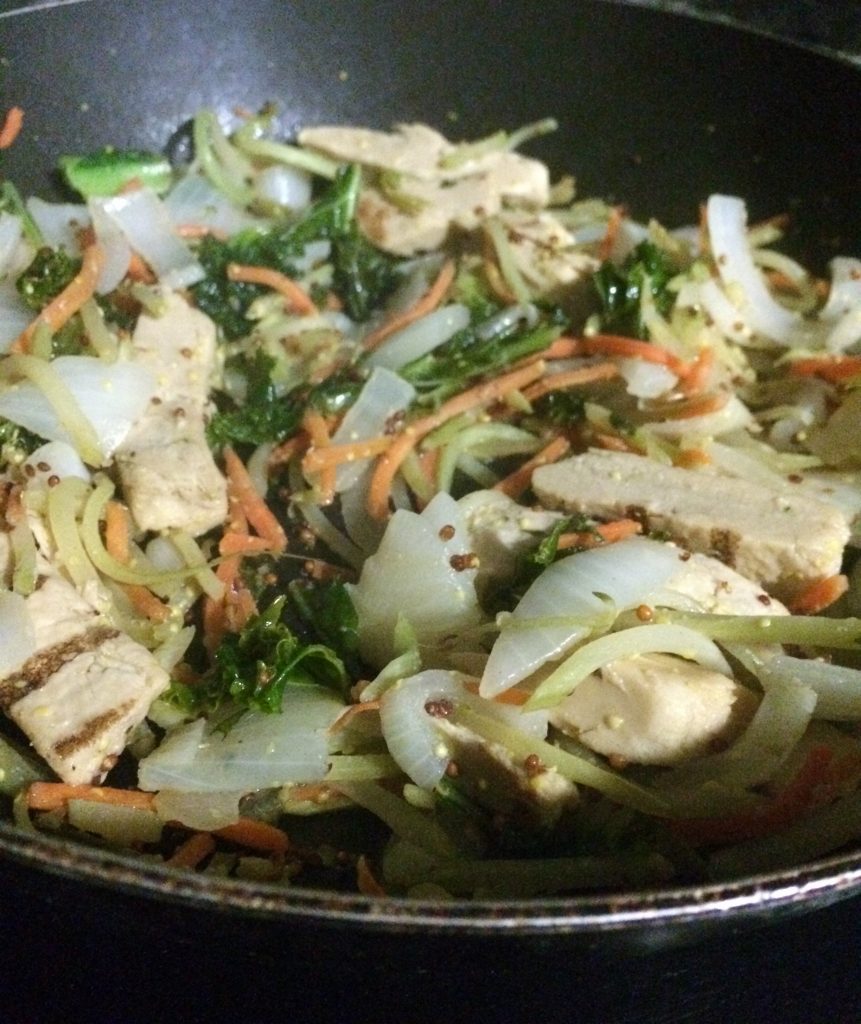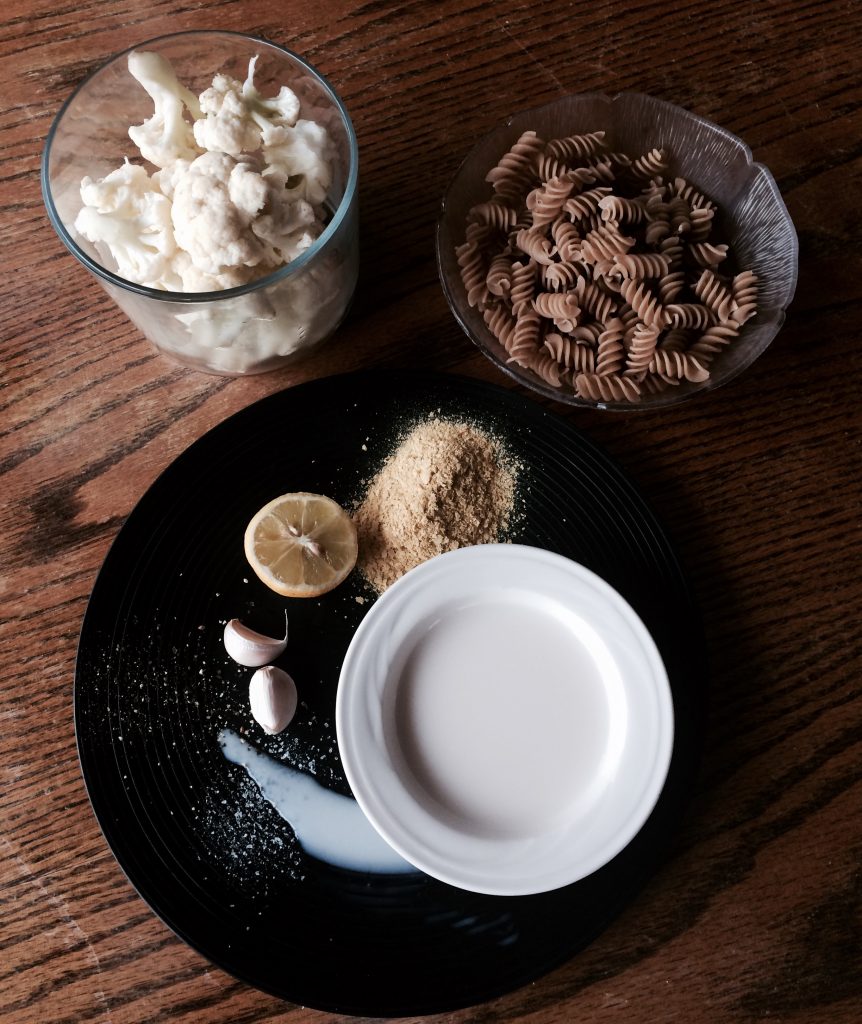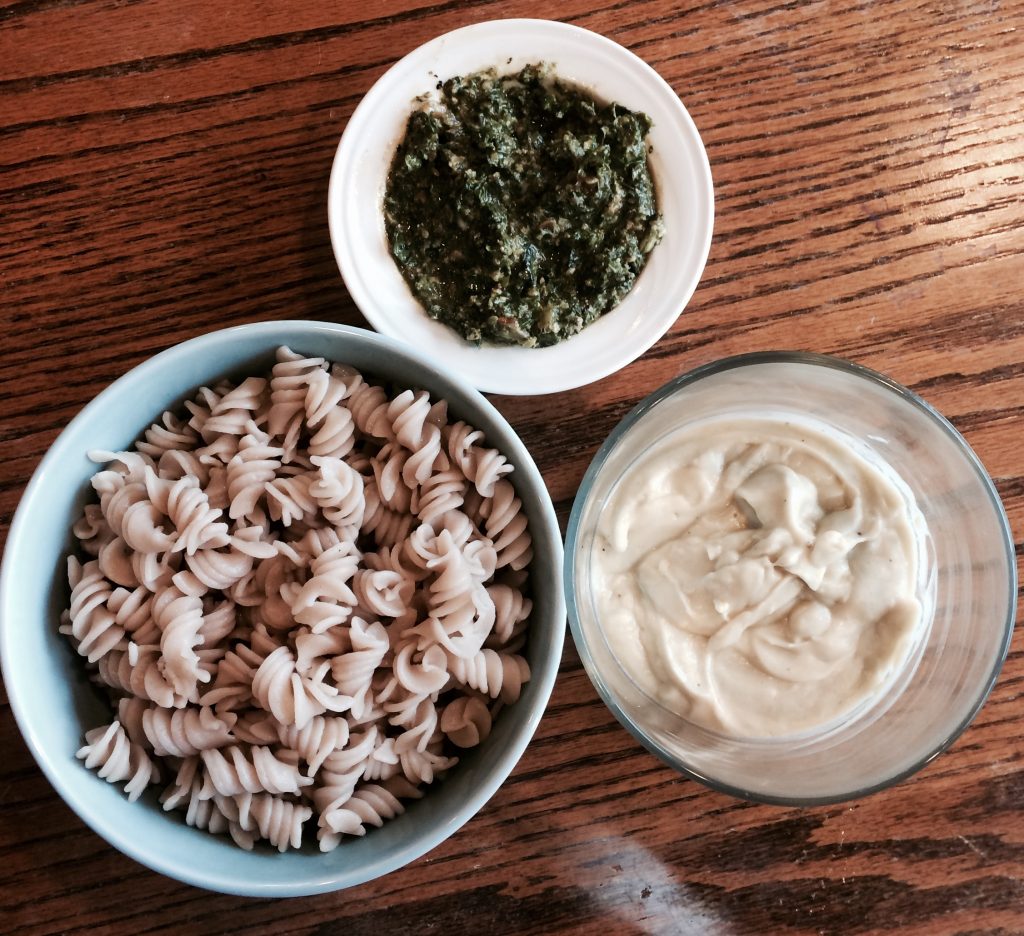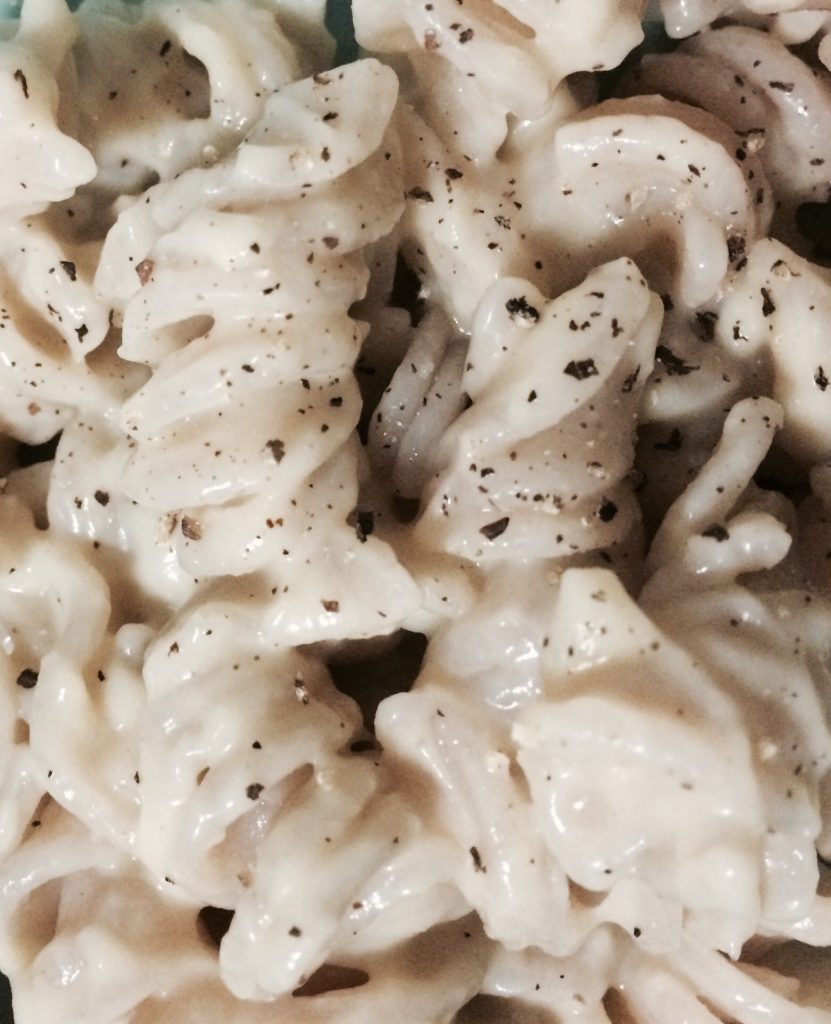The number of farmers’ markets has risen more than 350% from 1994 to 2016 (according to the USDA ). Clearly, the local food movement isn’t just a feel-good trend. It’s becoming mainstream, and it’s here to stay.
Since most of us purchase our produce from grocery stores due to convenience and other logistical factors, the idea of shopping at a farmers’ market may feel “far away” to some. Chances are, you probably live within a reasonable distance from one. If so, I highly recommend checking one out.
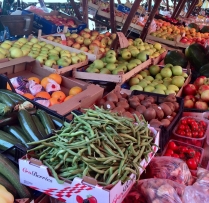
Imagine this: On Saturday mornings from May-October in Alton, IL, a large parking lot transforms into a bustling marketplace. The lot, which is located at the corner of Landmarks Blvd. and Henry Street, becomes the Alton Farmers’ & Artisans’ Market.
While attending a local food panel with my Sustainable Food Systems class, I met Sara McGibany, the Executive Director of Alton Main Street (a traditional downtown area of the city which offers a variety of places to work, eat, and shop). She played a significant role in launching the market, and continues to passionately support it.
Sara revealed that shoppers are typically drawn to the market due to the superior flavor of the food, rather than the fact that’s it’s grown locally. In other words, most shoppers are simply interested in the tasty food, fun experiences, and social opportunities rather than striving to live more sustainability.
This demonstrates how quality and taste can unite a wide range of demographics. Shoppers are surprised at how affordable the food is. Sara mentioned that people have been heard saying, “This costs less than what it would at the grocery store!”
This connects to the previous post about an experience at the farm-to-table restaurant, Bakers & Hale. This post mentions how more rural areas (such as Alton), struggle to get people behind the local food movement because there’s a common perception of it being cute and trendy, rather than as a significant way to support the local economy, plus human and planetary health.
What to Expect

At the Alton Farmers’ & Artisans’ Market, shoppers can find a wide selection of local and seasonal foods grown within a 50-mile radius. There’s an abundance of produce which includes heirloom and organically grown varieties. In addition, there’s pasture-raised poultry, grass-fed beef, honey, fresh bread, and baked goods. There are even non-food items such as fresh flowers, pottery, candles, soap, woodwork, and other hand-crafted home goods and works of art.
Although there aren’t any certified organic vendors (yet), it’s important to consider that there are local farmers who grow crops with organic principles. For example, Three Rivers Community Farm, which is the closest farm to me, isn’t certified organic, but it abides by organic principles. In addition, it’s worth mentioning that the farms who sell at this market are regularly inspected.
Who Shops at Alton’s Farmers’ Market?
Nearly 2,000 shoppers visit, and they come from range of socioeconomic backgrounds. It’s important to acknowledge Alton, IL has a 28% overall poverty rate. Fortunately, there are two programs which incentivize low-income residents to purchase healthy, locally grown produce.
SNAP, which stands for Supplemental Nutrition Assistance Program, was formerly known as the food stamp program. SNAP is the largest hunger safety net program which offers nutritional assistance to millions of eligible, low-income Americans. This program provides its recipients with cards, which allows them to use those benefits when shopping.
SNAP recipients are encouraged to visit the market’s info booth and swipe their cards. By doing this, they can double their dollars toward fresh produce. This means recipients can double their buying power, and therefore, more easily afford the health-promoting food they may normally struggle to afford at an average grocery store.
Supporting the Community Local Economy
This market is profitable for Alton Main Street and it contributes to the city’s sense of community. Neighboring vendors become close since they see each other week after week. Shoppers can be heard saying that it’s the best way to spend a Saturday morning.
Local Food in Relation to a Sustainable Food System
For those especially interested in how locally grown food, and food miles, connects to the broader topic of environmental sustainability. It’s important to acknowledge the data. According to this landmark study, which was conducted by two Carnegie Mellon University scientists, “final transportation to market is only 4% of food production’s overall environmental impact.” This means that the type of food consumed makes an enormous impact. Click here to learn more about this topic.
The Challenge of Communication
Even though 2019 marks the market’s 27th season, some residents still don’t realize it exists. This connects to the current lack of the Principia College’s community awareness of Three Rivers Community Farm.
Want to Visit?
The 2019 season will begin on Saturday May 11th and pop up each Saturday through October 19th. It’s open from 8:00 a.m. – 12:00 p.m.
In addition, a Wednesday Market will run from July 3rd – September 25th from 4:00 – 7:00 p.m. You can follow the market on Facebook too!
